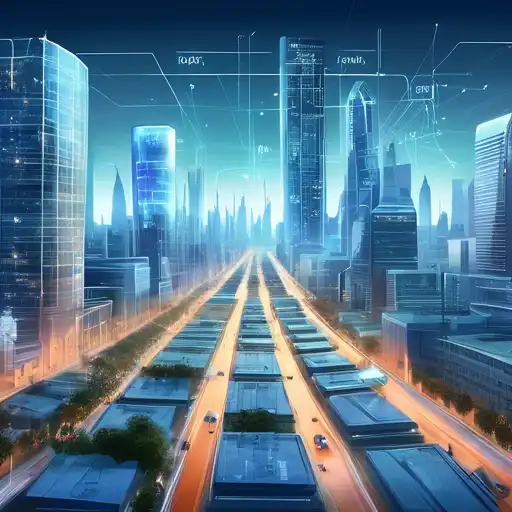Introduction to IoT and Smart Cities
The Internet of Things (IoT) is revolutionizing the way cities operate, making them smarter and more efficient. By connecting devices and systems across urban areas, IoT technology enables real-time data collection and analysis, leading to improved public services, reduced environmental impact, and enhanced quality of life for residents.
Key Areas Where IoT is Making an Impact
From traffic management to waste disposal, IoT is at the forefront of urban innovation. Below are some of the key areas where IoT is making a significant difference:
- Traffic and Transportation: IoT devices help in monitoring traffic flow, reducing congestion, and optimizing public transport routes.
- Energy Management: Smart grids and meters allow for more efficient energy use and lower costs.
- Waste Management: Sensors in waste bins can signal when they are full, optimizing collection routes and frequencies.
- Public Safety: IoT-enabled surveillance and emergency response systems enhance security and reduce response times.
Benefits of IoT in Urban Development
The integration of IoT into city infrastructure brings numerous benefits, including:
- Enhanced efficiency in city operations
- Reduced environmental footprint through smarter resource use
- Improved public services and citizen engagement
- Greater economic opportunities through innovation and technology
Challenges and Considerations
Despite its potential, the adoption of IoT in cities faces several challenges, such as privacy concerns, cybersecurity risks, and the need for significant investment in infrastructure. Addressing these issues is crucial for the sustainable development of smart cities.
Future Prospects
As technology advances, the potential for IoT in urban development continues to grow. Future innovations may include more autonomous systems, advanced AI integration, and even greater connectivity, further transforming the urban landscape.
For more insights into how technology is shaping our cities, explore our articles on urban innovation and sustainable cities.
Conclusion
The role of IoT in making cities smarter cannot be overstated. By harnessing the power of connected devices, urban areas can become more livable, sustainable, and efficient. However, realizing this vision requires careful planning, investment, and collaboration among all stakeholders.
